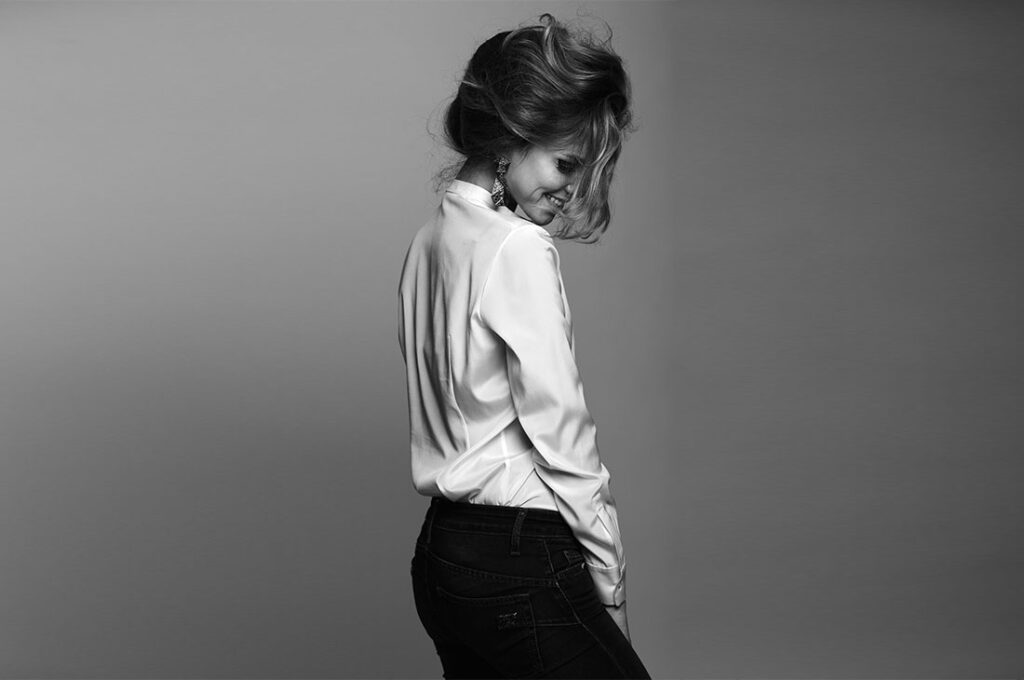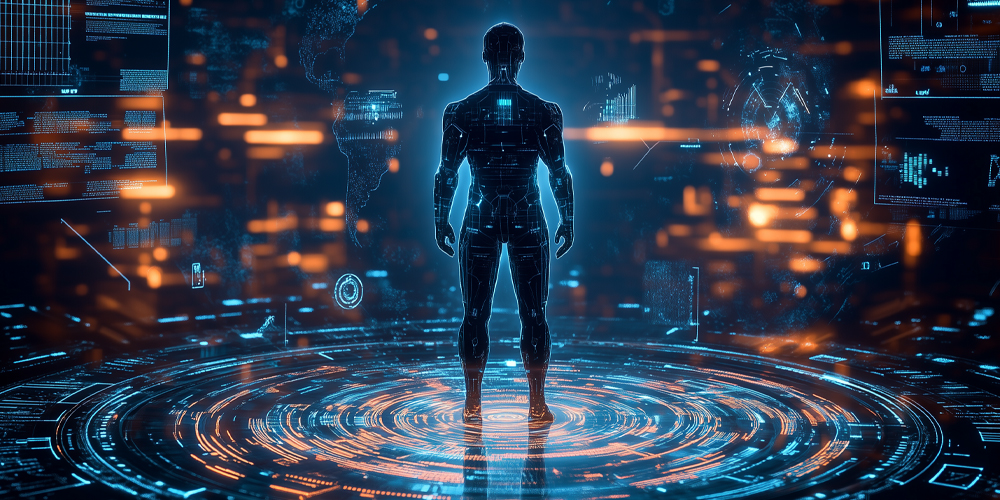Artificial intelligence has made remarkable strides in recent years, and one of the most exciting developments is DALL-E 3, the latest model by OpenAI that revolutionizes how we create and interact with images. Building upon the successes of its predecessors, DALL-E 3 introduces a new level of sophistication in generating images based on textual descriptions. This innovative tool has the potential to change industries, from art and design to marketing and education. In this article, we’ll explore the evolution of DALL-E, the unique capabilities of DALL-E 3, and its impact on creativity and business.
What is DALL-E 3?
DALL-E 3 is an AI model developed by OpenAI, designed specifically to generate high-quality images from text prompts. By interpreting descriptions provided by users, the model can create visuals that range from realistic to abstract, offering unlimited possibilities for artistic expression. Its predecessors, DALL-E and DALL-E 2, laid the groundwork for AI-driven art creation, but DALL-E 3 takes this innovation to the next level with improved image quality, better understanding of complex prompts, and more control for users.
What sets DALL-E 3 apart is its ability to generate detailed, coherent images that accurately reflect the user’s input. Whether you’re describing a surreal landscape, a specific product design, or a conceptual artwork, DALL-E 3 can produce an image that matches the given description with an incredible degree of precision. This makes it a valuable tool for content creators, designers, marketers, and even hobbyists who want to bring their ideas to life without the need for traditional design skills.
How Does DALL-E 3 Work?
At the core of DALL-E 3 is deep learning, a subset of machine learning that mimics the way the human brain processes information. The model is trained on millions of images paired with textual descriptions, allowing it to learn the relationships between words and visual elements. When a user inputs a text prompt, DALL-E 3 analyzes the words, determines the context, and generates an image that aligns with the description.
For example, if you request “a futuristic city skyline at sunset,” DALL-E 3 can produce a highly detailed image with towering skyscrapers, vibrant sunset hues, and modern architectural designs. The model’s understanding of both context and detail has dramatically improved compared to previous versions, enabling it to handle more complex and nuanced requests.
Key Features of DALL-E 3
One of the standout features of DALL-E 3 is its ability to generate high-resolution images. The quality of the visuals produced by DALL-E 3 is significantly better than earlier models, making it suitable for professional use in industries like advertising, graphic design, and entertainment.
Another important feature is the model’s flexibility. DALL-E 3 allows users to edit and fine-tune their prompts, providing greater control over the final image. This means that users can modify aspects of the image, such as lighting, colors, or specific details, to match their exact vision. This level of customization opens up endless possibilities for creatives looking to experiment with different styles or create highly specific visual content.
The Evolution of DALL-E: From Concept to Masterpiece
The journey to DALL-E 3 began with the introduction of the original DALL-E in 2021. This first version of the model shocked the world with its ability to create imaginative and sometimes surreal images from text prompts. Although groundbreaking, the original DALL-E had limitations, particularly in terms of image resolution and the complexity it could handle.
DALL-E 2, released later, improved on these shortcomings by offering higher-quality images and better interpretation of more detailed prompts. However, the need for even greater control and image precision led to the development of DALL-E 3, which brings together all the lessons learned from the previous models while adding new features and capabilities that make it the most advanced AI image generator to date.
Applications of DALL-E 3 in Creative Industries
DALL-E 3 is not just a tool for artists; it has practical applications in a wide range of industries. In advertising, for instance, marketers can use DALL-E 3 to create highly targeted visuals for campaigns without the need for expensive photo shoots or graphic design software. Similarly, in the fashion industry, designers can use the tool to quickly generate new clothing designs or conceptual sketches that bring their ideas to life.
Another industry that benefits from DALL-E 3 is gaming. Game developers can use the AI to design characters, environments, and props, reducing the time and resources needed for the creative process. This can streamline game development and open up new possibilities for indie developers who may not have access to large design teams.
Education and DALL-E 3
In education, DALL-E 3 offers a unique way to engage students and enhance the learning experience. Teachers can use the AI to generate visual aids that illustrate complex concepts, such as historical events or scientific phenomena. Additionally, students can use DALL-E 3 to create visual projects that enhance their understanding of the subject matter. The ability to bring abstract ideas to life through images makes learning more interactive and memorable.
Impact of DALL-E 3 on Business
Beyond the creative industries, DALL-E 3 has significant potential for businesses. With its ability to generate customized visuals quickly and efficiently, companies can save both time and money on content creation. For example, small businesses can use DALL-E 3 to create product mockups or social media graphics without the need for professional designers.
Moreover, DALL-E 3 can be integrated into content marketing strategies, allowing businesses to create unique and engaging visuals that resonate with their target audience. The AI’s ability to understand branding and marketing trends enables it to produce images that align with a company’s visual identity, helping businesses stand out in crowded digital markets.
The Future of AI-Generated Art
While DALL-E 3 has already transformed how we think about image creation, its future implications are even more exciting. As AI continues to evolve, we can expect even more advanced models that blur the lines between human and machine creativity. In the future, we may see AI-generated art become a staple in museums, galleries, and even the mainstream entertainment industry.
As AI-generated images become more prevalent, ethical questions surrounding AI art will also become more pressing. Questions about intellectual property, the role of human artists, and the ownership of AI-generated work will need to be addressed. However, there is no denying that tools like DALL-E 3 are shaping a new era of creativity.
Conclusion: DALL-E 3 and the New Creative Frontier
DALL-E 3 is more than just a technological innovation—it represents a new frontier in creativity. By enabling users to generate high-quality images from simple text descriptions, DALL-E 3 is democratizing art and design, making creative expression accessible to everyone. Whether you’re a professional artist, a business owner, or someone who simply enjoys experimenting with new technologies, DALL-E 3 offers a world of possibilities.
As we look to the future, it’s clear that AI-powered tools like DALL-E 3 will continue to shape how we create, consume, and interact with visual content. The potential applications are vast, and we’ve only begun to scratch the surface of what this incredible technology can do.







